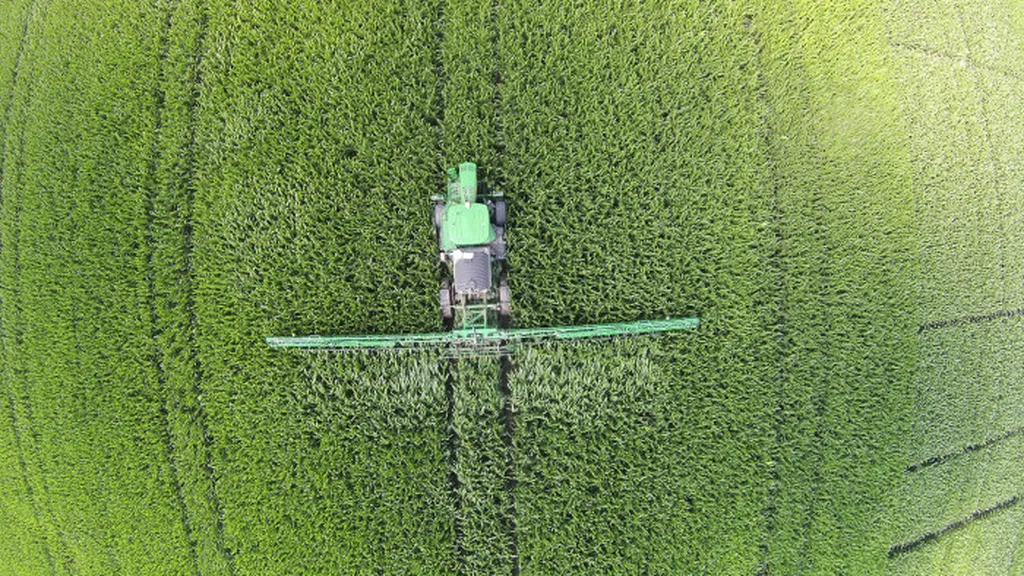The fields of central Illinois became a testing ground for the future of farming this week as the Farm Progress Show opened its gates, placing the spotlight on technologies designed to reshape agriculture for a new generation. With the average age of American farmers now at 58—nearing retirement age for many—the industry is accelerating its push toward automation, connectivity, and labor-saving innovations that could redefine how food is grown.
At the heart of the conversation was John Deere’s 9XR tractor, a machine equipped with an autonomous perception system that allows it to till fields without constant human oversight. Sixteen cameras mounted along the tractor’s roofline provide a 360-degree view, enabling farmers to start the machine in a field and then redirect their attention elsewhere. Michael Porter, John Deere’s marketing manager for large tractors and tillage, framed the technology as a solution for an aging workforce. “Maybe the farmer’s getting a little older and doesn’t have as much help around,” he said. “This gives them that extra hand during the season.”
The shift toward autonomy isn’t just about addressing labor shortages—it’s also about preparing for generational change. Younger farmers, raised in an era of smartphones and digital connectivity, may be more receptive to managing equipment through laptops or tablets. Porter envisions a near future where growers oversee fleets of autonomous and semi-autonomous machines from a distance, monitoring progress in real time. “I see a lot of growers going to where they have the ability to look at their phone or their laptop and manage a fleet,” he said.
That vision aligns with broader industry trends. Case IH, another major player at the show, emphasized connectivity as a cornerstone of modern farming. Kendal Quandahl, the company’s precision segment lead, noted that every piece of equipment on display was equipped with cellular connectivity, enabling remote monitoring and data sharing. “One of the coolest things we have across our entire lot is that every single piece of equipment here is connected,” she said. The goal? A seamless, automated workflow where farmers can step away from the cab and let machines handle more of the process.
For an industry facing pressure from rising input costs, climate variability, and a shrinking labor pool, these advancements offer a path forward. But adoption won’t happen overnight. Many farmers have spent decades working the land with traditional methods, and transitioning to autonomous systems requires not just new equipment but a shift in mindset. Still, as younger farmers take the reins, their comfort with technology could accelerate the change.
The Farm Progress Show served as a snapshot of that transition, where farmers of all ages—from seasoned veterans to curious children—got a firsthand look at what’s coming. Quandahl highlighted the significance of that exposure: “One of the coolest things about the Farm Progress Show is getting to see kids and farmers of all ages experience our technology.” What might seem futuristic today could soon become standard practice, reshaping the way America’s food is produced.

